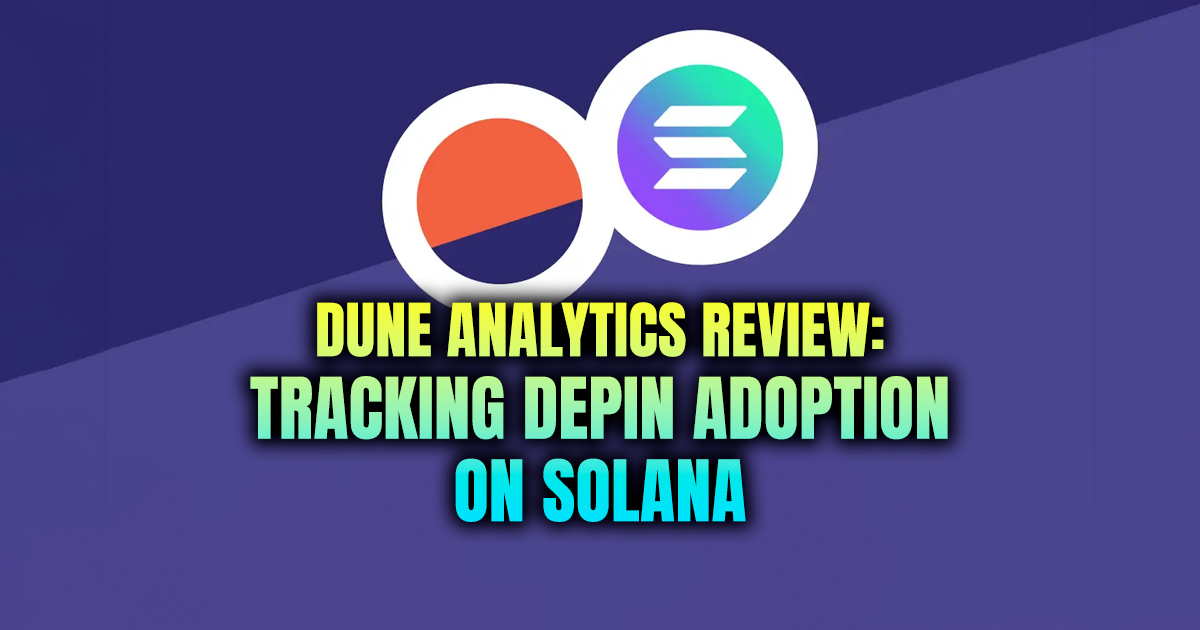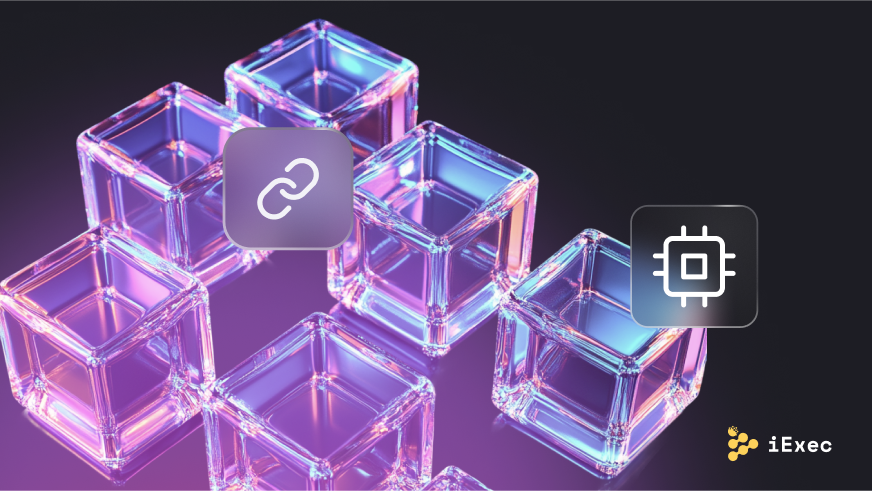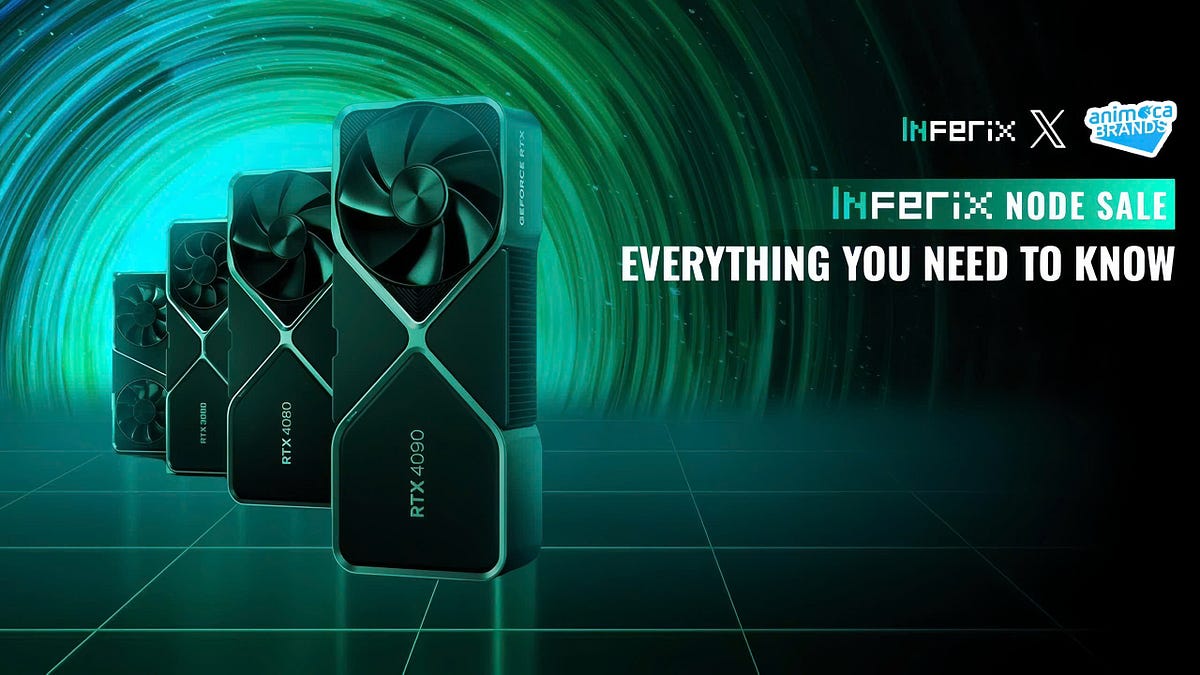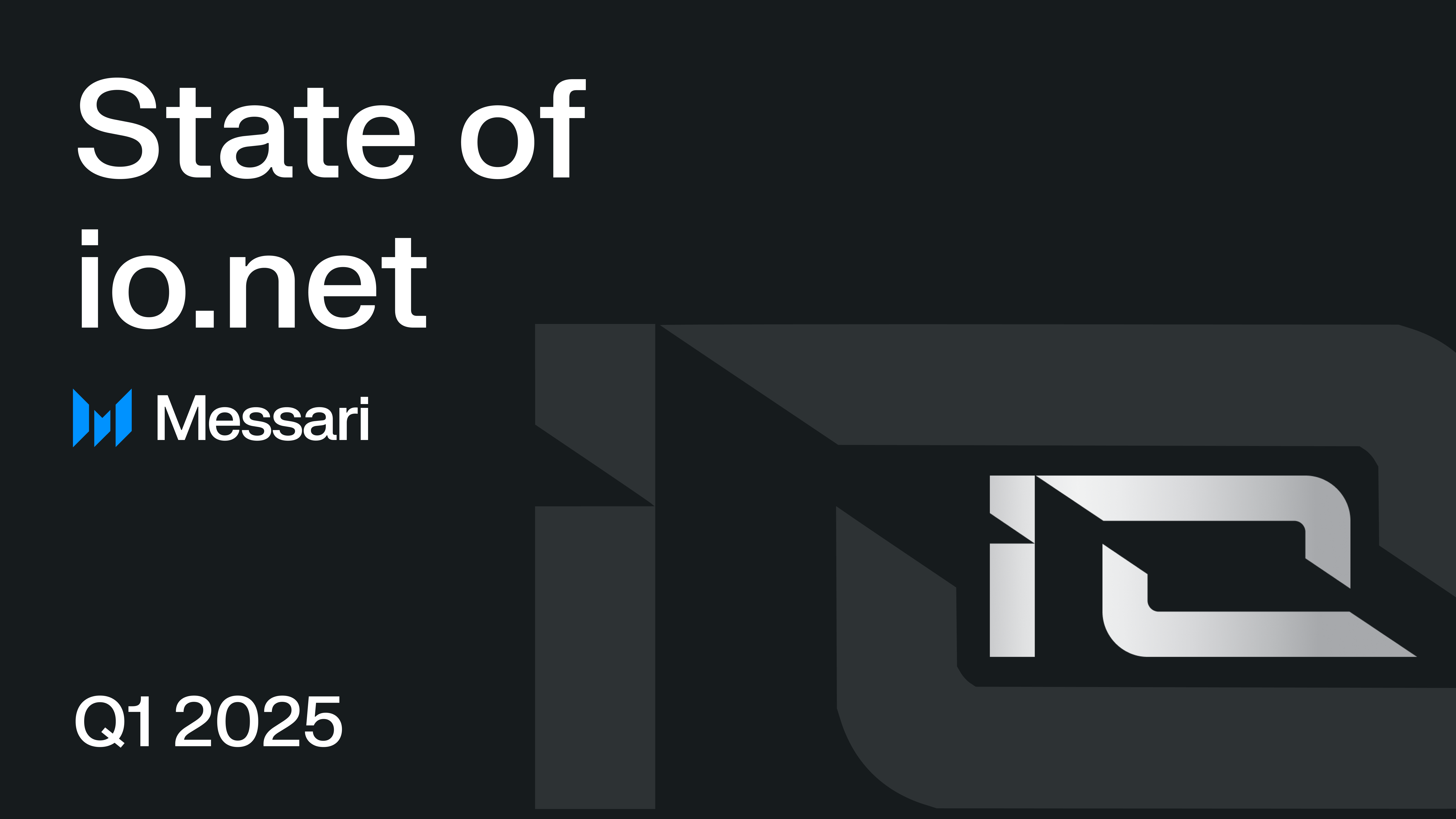Solana's DePIN Ecosystem: A New Era of Decentralized Infrastructure

The Solana ecosystem is witnessing a surge in decentralized physical infrastructure networks (DePIN), particularly following the Solana Crossroads event in Istanbul. Developers are leveraging blockchain technology to build innovative infrastructure, including wireless networks and AI capabilities. One standout project is the Render Network, which is creating a decentralized platform for 3D creators and AI developers to access global GPU power without relying on centralized servers. Recent on-chain data reveals that Render Network has achieved peak revenues of $300,000 per week, with over 121 million RNDR tokens burned, indicating strong user engagement. The platform integrates with popular industry tools like Blender and Arnold, and contributors have earned more than 2.4 million RNDR tokens in rewards, showcasing the potential of decentralized computing.
Another notable player in the DePIN space is Nosana, which is revolutionizing AI task processing by decentralizing inference. Instead of depending on major cloud providers like AWS, Nosana enables node operators to handle AI workloads. Since its mainnet launch in January 2025, the number of daily active nodes has more than doubled to over 600, with a total of 4,200 nodes operating across more than 60 countries. This global reach highlights how Nosana is meeting the increasing demand for AI processing in a community-driven manner, further solidifying the role of DePIN in the evolving tech landscape.
Lastly, UpRock is tapping into the potential of mobile devices by allowing users to share bandwidth and computing power in exchange for crypto rewards. Users are reportedly earning over $1,500 weekly, with a focus on mobile-first DePIN solutions. UpRock employs on-chain buybacks to sustain contributor rewards, emphasizing its commitment to advancing the DePIN movement. Overall, Solana’s DePIN ecosystem is not only thriving but also demonstrating that the future of crypto lies in building essential tools that enhance everyday life, rather than merely trading assets.
Related News





